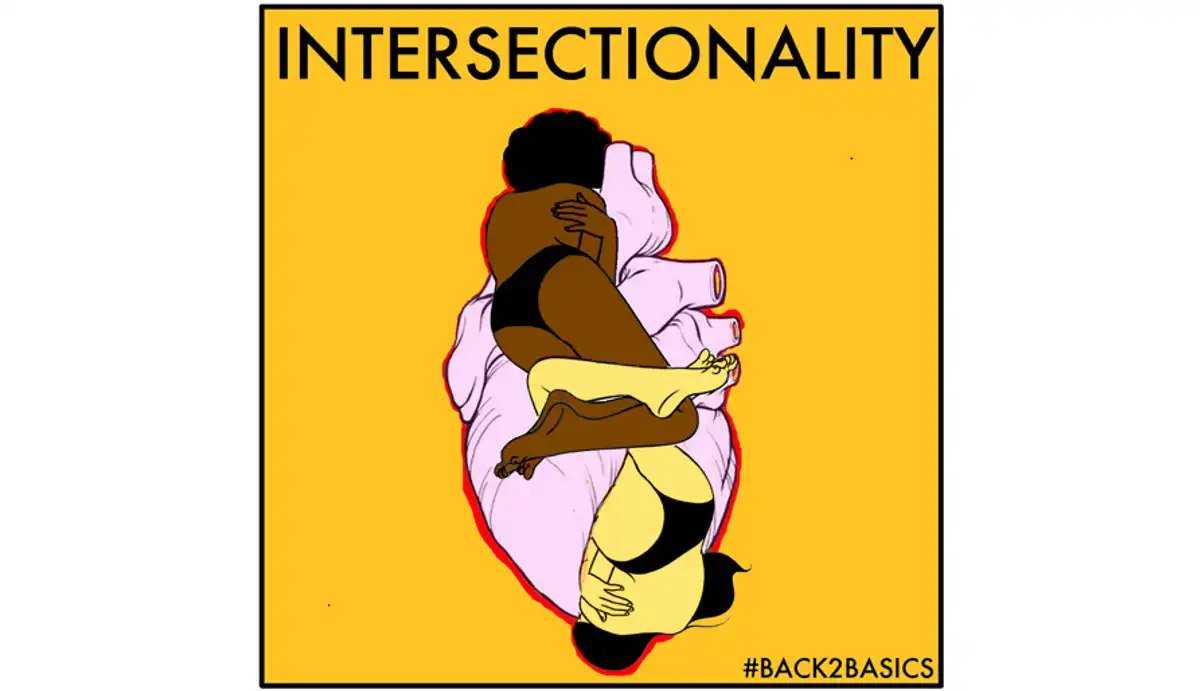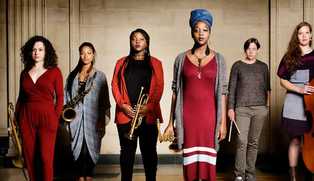“No, I’m more of an intersectional feminist…” Let’s talk about intersectionality. Intersectionality is a term that you’ve probably seen bandied about on social media or heard used at a recent talk that you attended. So what is it? The term was initially coined by the critical race and gender studies professor Kimberlé Crenshaw in 1989. She explained that intersectionality is the idea that people experience oppression in a number of different ways and in various aspects of life that are often interconnected. For example, black women face both racism and sexism within society. But rather than see these experiences as separate, intersectionality demands that the juncture between race and gender be examined to better understand the experiences of black women. Of course, as with most popularised concepts, there are a lot of misconceptions about intersectionality. One of the most common ones is that those who subscribe to intersectional feminism hate ‘white feminism’ (see: Lena Dunham) because the latter tends to be very middle class and colour blind. The reality is that intersectional feminists don’t base their ideas on hate. Rather, they are attempting to create an inclusive alternative that understands that the issue of women’s rights need to be located within a multiplicity of frameworks that include, but are not limited to: class, race, religion, and disability. These intersections are already being used outside of feminist frameworks to better understand different intersections of other forms of oppression. For example, if you are a person of colour and from a lower-income community, you are more likely to be disproportionately affected by environmental issues. This fundamental intersection of race, class and the environment – which has been brought to light recently by the Flint water crisis and the Dakota Access Pipeline protests in the US – helps us to understand the usefulness of a term like ‘environmental racism’ in the climate movement. It is worth pointing out that one of the main criticisms of intersectionality is that it can at times reduce complicated understandings of oppression into a series of tick boxes that are static and overlook the fact that oppression is dependent on context. Intersectionality can thus becoming a performative concept that some people subscribe to in order to show that they are inclusive and progressive, without understanding its situational format. So in a nutshell, intersectionality is the idea that we can experience different forms of oppression at the same time, depending on context, and that these forms of oppression cannot be compartmentalized or treated as separate categories, but must be considered as a whole and in relation to each other. Here are some additional links if you want to know even more about intersectionality: Why Our Feminism Must Be Intersectional (And 3 Ways to Practice It) 12 Books to Keep Your Feminism Intersectional Kimberlé Crenshaw – On Intersectionality (Video) Back to Basics is a Skin Deep project aiming to redefine and reevaluate words or expressions that we hear regularly in our daily lives and in the media, that are often decontextualized and poorly defined. We want to give different, and hopefully clearer, perspectives on what these terms mean, to provide you over time with a little handbook of quick and shareable definitions for when you need them most.
Back To Basics: Intersectionality

Let’s talk about “intersectionality”



